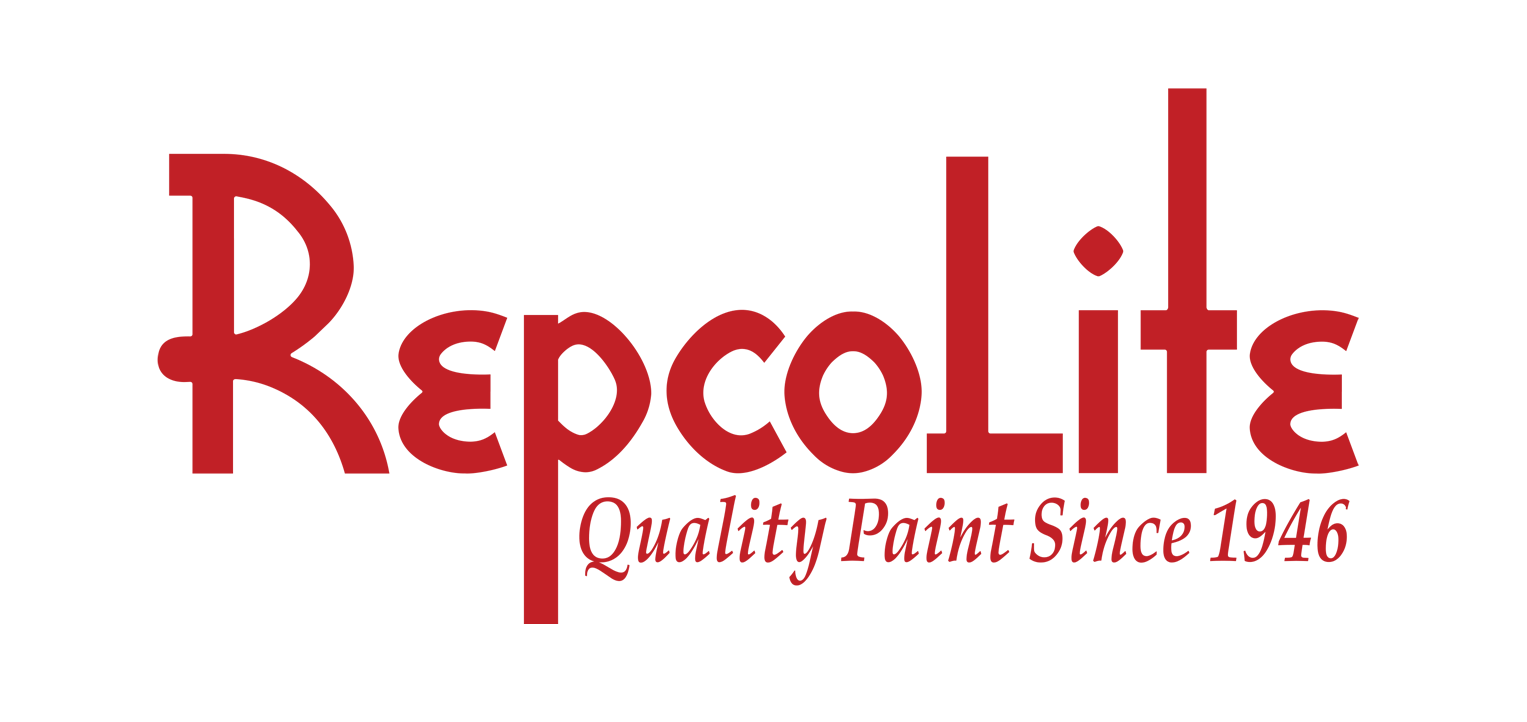Episode 315
What Do You Need for a Garage Floor Makeover?
On Today's Episode
The Right Tools [00:00 - 04:45]
Projects naturally go better when you use the right tools.
What Do I Need for a Garage Floor Makeover? [04:45 - 32:29]
Painting garage floors is popular for a couple reasons: First, it can turn a garage from an ugly storage area to a more finished space. And, secondly, a sealed surface is much easier to keep clean.
However, it is one of the most difficult and demanding surfaces to paint and has to hold up to vehicle traffic, water and chemical attack, surface contamination from oil and other vehicle fluids, and the variable nature of concrete.
PREPARATION
MOISTURE TEST
Newer homes will have a vapor barrier installed beneath the concrete floor, older homes probably don't. If you're in an older home, the amount of water vapor that passes through concrete would probably surprise you. This moisture creates a challenge for adhesion of paint.
To determine if your floor is an ideal candidate for a garage floor makeover, perform this simple moisture test: Use duct tape to adhere a 3’ square piece of plastic film to the floor. After about 24 hours, look and see if there is any condensation on the back of the plastic. If so this indicates a significant amount of water is passing through the concrete, and failure of a coating is likely.
PREP NEXT STEPS
If you don't see evidence of water under that plastic, then the next steps in preparation are:
- Make sure the surface is clean and dry (If the floor is new, wait at least 30 days for concrete to cure before prep/painting)
- If the concrete is new or especially smooth, you should etch it to remove impurities (laitance) found in new concrete and to create a surface profile that helps paint adhere.
When it comes to etching, do NOT use muriatic acid (AKA Hydrochloric acid) because it is very difficult to rinse thoroughly and a small amount of residual acid on the concrete will inhibit proper adhesion and peeling paint could result. Acid can also migrate into the concrete, further corroding it and even the steel reinforcement which can lead to concrete failing - breaking apart.
Instead use a concrete etching solution that is phosphoric acid based, which is less aggressive and easier to rinse, and also less irritating to skin, eyes, lungs. Be aware that etching is not the same as cleaning. Etching solutions won't remove dirt, oil or other contaminants that could affect the adhesion or durability of the coating. Use a detergent degreaser product on those areas before etching.
Etching solutions will not work if the concrete is treated with a sealer. The only way to know if your floor has a sealer is: if the etching solution doesn’t “fizz” when applied to the surface, there is probably a sealer present.
There are drawbacks to etching that might make another surface preparation method such as grinding or shot blasting preferable. beside the need to thoroughly rinse, acids present health (chemical burns on skin, lung irritation) and environmental concerns. Also, results from etching can often vary depending on the density and porosity of the concrete. After etching and rinsing, the concrete will need to dry out for a few days before a coating can be applied.
FINISHING
Now you're ready to paint. What products should you use?
Single component paints lack the chemical, water and abrasion resistance required for a durable job. Even two-component water based epoxy paints don't offer the resistance properties of a similar solvent based product.
So, with that said, we recommend a two-component coating, and there are a few different types:
- Solvent-thinned polyamide epoxy
- 100% solids epoxy
- Polyaspartic
Solvent thinned epoxy: RepcoLite Poly-Glaze Epoxy, BM Corotech CV400
Positives: easy to use, very durable, forgiving, plenty of working time, available in unlimited colors, economical
Negatives: smelly
100% solids epoxy: RepcoLite MiraPoxy SL, Benjamin Moore Corotech V430
Positives: creates a beautiful, smooth glossy finish. very durable, virtually zero odor
Negatives: costly due to the amount of product that needs to be applied, limited color selection (usually clear). slow dry time and hardness development which means you may need to wait for a few days before using the floor. Acid etching will not create enough surface profile for this type of coating, so grinding is the preferred method of prep. This type of coating is usually applied with a squeegee rather than a conventional roller/brush.
A sealer should be used before applying 100% solids epoxy, or bubbles could appear in the finish caused by air escaping the pores of the concrete as the epoxy is curing:
- Corotech V155 100% solids epoxy pre-primer or
- Corotech V156 Moisture Tolerant Quick Set Epoxy Sealer (water based)
Polyaspartic
Positives: unmatched durability, chemical and water resistance. rapid return to service (a few hours)
Negatives: very limited pot life - must work quickly with multiple people to keep the job going. smelly, limited color selection
Other things to consider:
- Be aware that dirt and spills will be more visible on the uniformly colored surface than they are on natural concrete.
- painted floors tend to be slippery when wet. A non-skid additive can be mixed with the paint to reduce the slipperyness, but the surface roughness that these products create also makes the surface harder to clean. A practical solution to this problem is to only treat walking areas with a non-skid additive, leaving the rest of the floor smooth for easier cleaning.
- marketing materials for many garage floor coatings use language that states something like "hot tire pickup resistant". That phrase is misleading. The heat of the tires is not what can cause a coating to peel, rather it is the plasticizer chemicals that are present in tires that can migrate into the coating, softening it and causing adhesion problems. the guaranteed solution regardless of coating type used is to use a carpet mat or something similar under the tires when the car is parked.
What if your floor already has a coating on it and you don’t know what it is? Then a waterborne 2 part epoxy is our recommendation. Benjamin Moore Insl-X Garageguard can be applied over other coatings without worry about lifting the old finish, and also features low odor.
Often the challenges with preparation and application of garage floor coatings can be daunting. This is one of those projects that might be best to hire a professional rather than do-it-yourself. If step one of preparation (the moisture test) indicates that you do not have excessive moisture in your concrete, then you can be fairly well assured that the project will go well and the result will be a long-lasting and durable floor.
An alternative to painting your floor is interlocking tiles. There are several manufacturers of these tiles, and using them obviously eliminates the time and effort needed to prep and paint a garage floor.
You Can't Do That [32:29 - 39:24]
Michigan's new hands-free distracted driving law goes into effect on June 30. Here are some key things to know....


